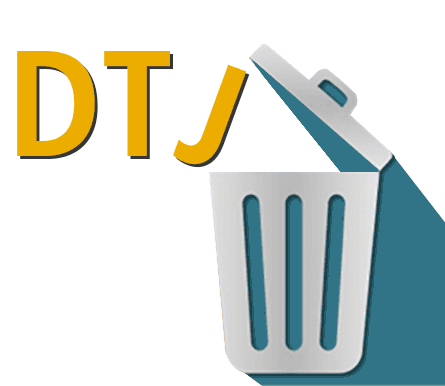How to Drop the Jargon
How do I drop the jargon?
Use plain language
1. Swap jargon for plain language.
For example: Swap ‘facilitate’ for ‘help’. Here’s a useful resource to help.
2. Use the active voice, identifying who is doing the action.
For example: Change ‘The prescription can be picked up by you at the pharmacy’ to ‘You can pick up the prescription at the pharmacy’.
3. Use ‘you’ and ‘we’ to talk directly to the person you’re speaking to.
The person is ‘you’. The health service or government agency is ‘we’. This will help engage your audiences.
4. Keep your sentences short.
5. Avoid clichés.
For example: ‘give me a hand’
6. Explain any jargon you need to use.
If there is no plain language alternative, use jargon but explain the term the first time you use it.
7. Avoid abbreviations and acronyms.
And if you do use them, explain what they are and spell them out.
More resources click here.
Have plain language descriptions of confusing terms at your fingertips
Here are some examples:
Check understanding
To check if a person understands, ask them to explain or demonstrate what you said. If the person doesn’t explain it correctly or misses vital points, re-teach the information. This isn’t a test of the consumer’s knowledge; it’s a test of how well you’ve communicated.
Try using the teach-back technique
Teach-back is one of the easiest ways to check you’ve succeeded in communicating. It involves:
1. Emphasising that it’s your responsibility to explain things clearly
2. Asking the consumer to explain in their own words the main points from what you’ve said.
Source: Tasmanian Department of Health and Human Services Communication and Health Literacy Toolkit.
Check out this video for an example – Here’s a video that demonstrates the teach-back technique in a hepatitis B context.
Low English proficiency
When you are working with people with limited English proficiency, you should use interpreters and/or translations services.
Have a look at these language services produced by the Centre for Culture, Ethnicity & Health that explain how to access and use interpreters and translation services effectively.
